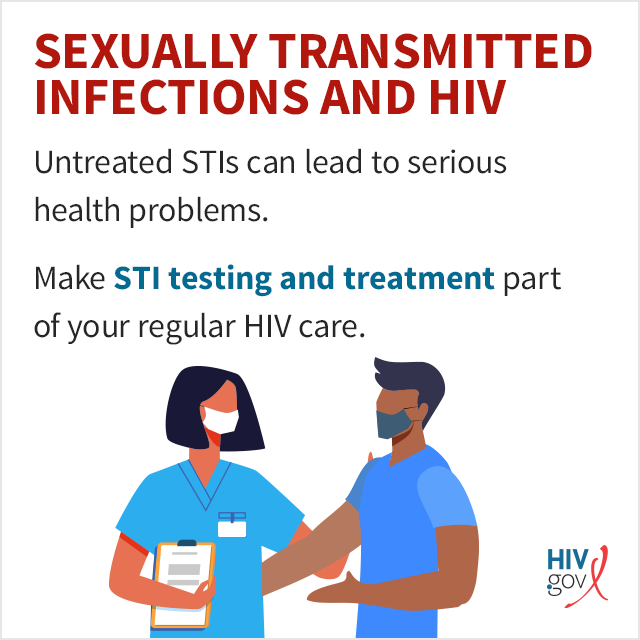In recent years, the discourse surrounding circumcision has evolved significantly, revealing its multifaceted role in public health, particularly in the prevention of sexually transmitted infections (STIs). As societies grapple with increasing STI prevalence, the practice of male circumcision is emerging from the shadows, promising not only a reconsideration of its cultural implications but also a deeper understanding of its health benefits.
At its core, circumcision involves the surgical removal of the foreskin from the penis. While often rooted in religious or cultural traditions, emerging scientific studies have evidenced its substantial potential in reducing the risk of HIV and other STIs. For instance, studies in diverse populations have illuminated a stark contrast in infection rates, with circumcised males exhibiting significantly lower incidences of HIV infection compared to their uncircumcised counterparts. This phenomenon invites a paradigm shift in public health strategies aimed at curtailing the rampant spread of STIs.
But how does circumcision confer such protective benefits? The foreskin, particularly its mucosal tissue, is notably susceptible to viral entry. When removed, this vulnerability is mitigated, resulting in a more inhospitable environment for pathogens. Additionally, the absence of the foreskin reduces the reservoir for bacteria and viruses, thereby decreasing the likelihood of infection during sexual encounters. This biophysical perspective unveils the intricate ways in which anatomy can influence health outcomes.
Moreover, circumcision does not solely address HIV. Its benefits extend to other STIs, including genital herpes and human papillomavirus (HPV). The implications of HPV are particularly alarming, given its association with various cancers. The prevention of these infections through circumcision could serve as a pivotal intervention, empowering public health initiatives with a practical tool to reduce disease burden.
Despite these compelling findings, the decision to circumcise remains contentious, influenced by a tapestry of social, ethical, and medical considerations. Many argue that consent and autonomy should lie at the forefront of such decisions, particularly when discussing neonatal circumcision. Yet, it is vital that this discourse remains informed, with a clear understanding of the potential benefits.
As communities weigh the pros and cons of circumcision, ongoing education represents a key factor in fostering informed decision-making. Public health campaigns that elucidate the protective effects against STIs could shift perceptions, leading to increased acceptance of circumcision as a viable public health measure.
In conclusion, while the conversation around circumcision is rife with complexity, it bears a compelling premise—its unparalleled potential to curtail the spread of STIs. As awareness builds and research continues to unfold, circumcision may emerge not merely as a cultural artifact, but as a critical ally in the quest for enhanced sexual health.
